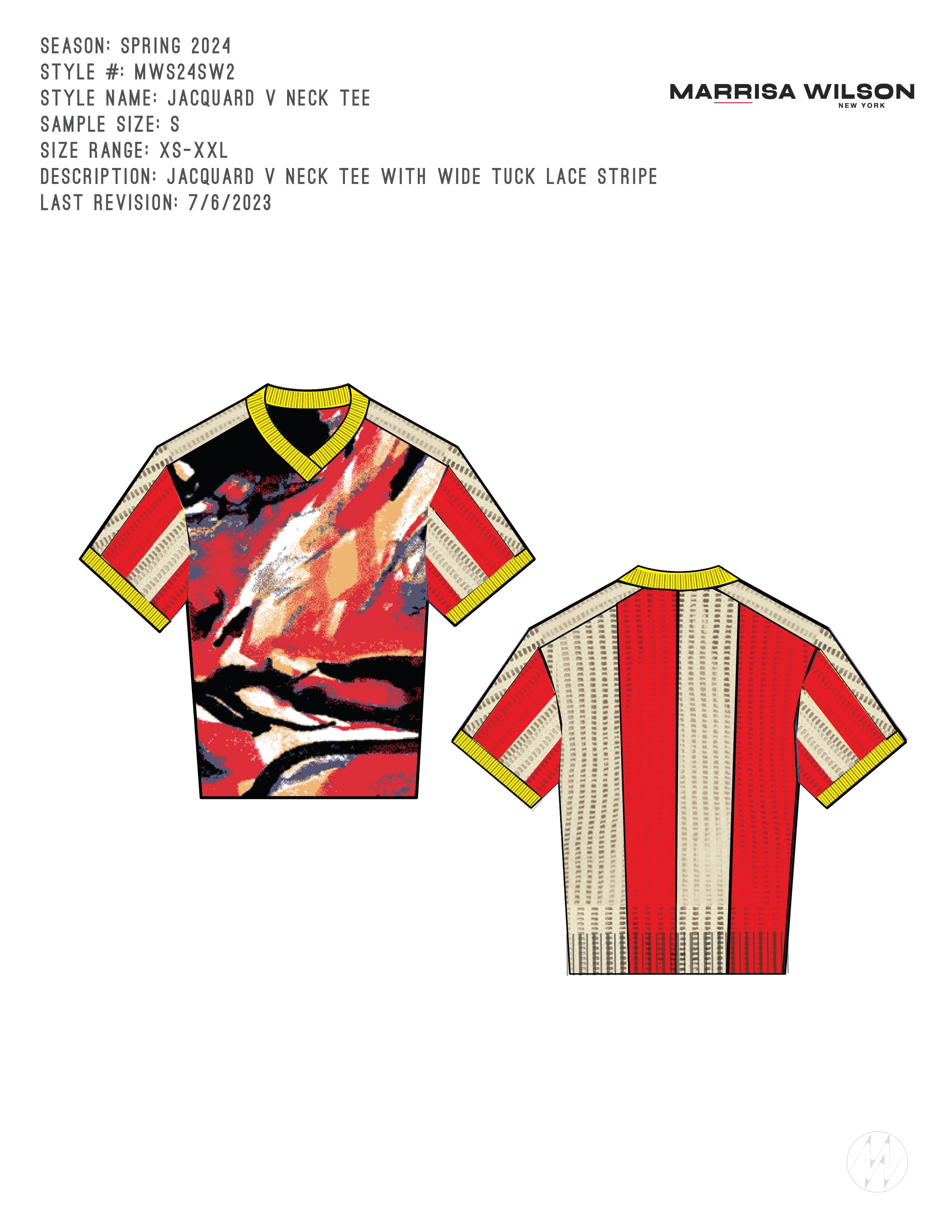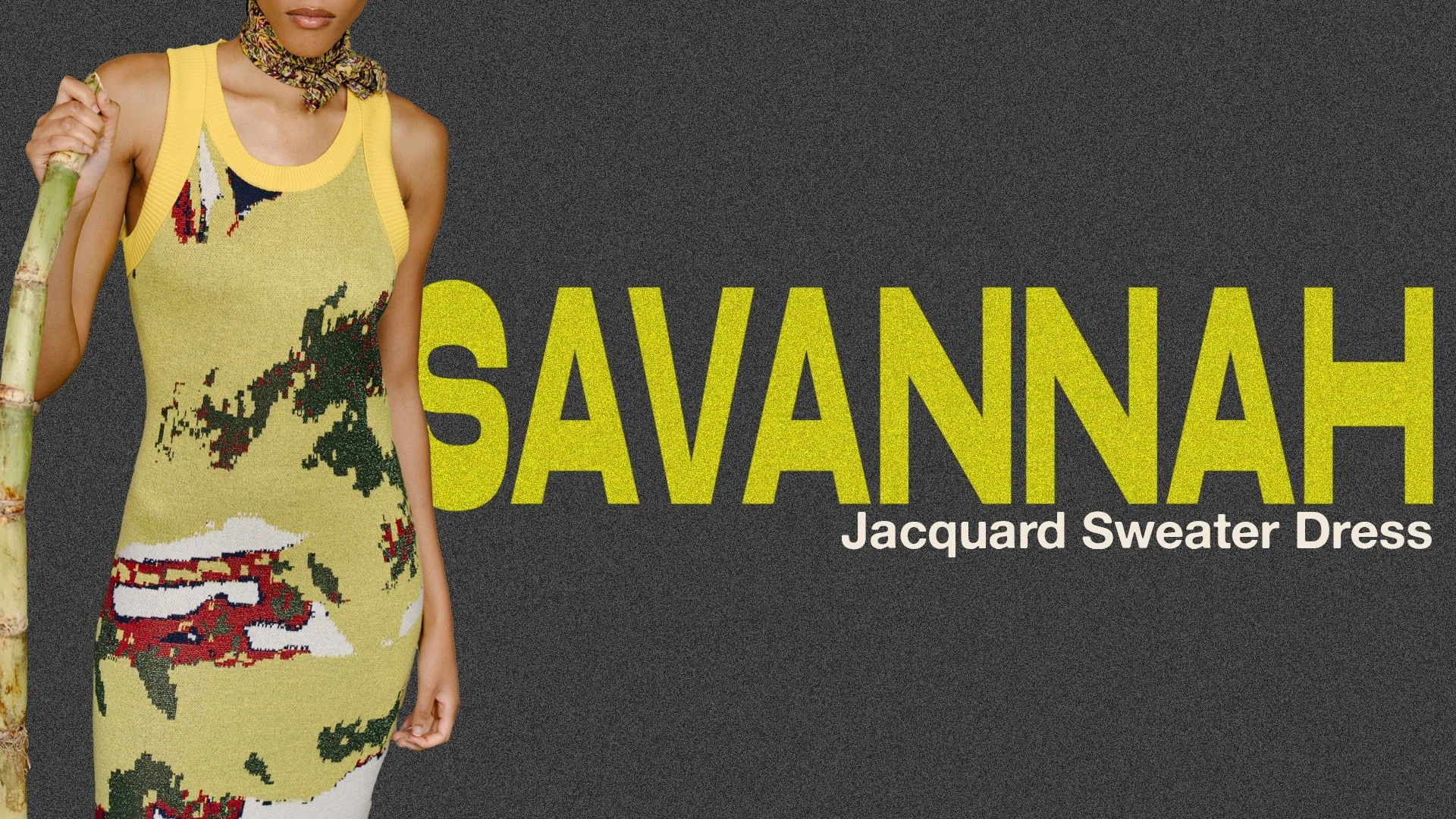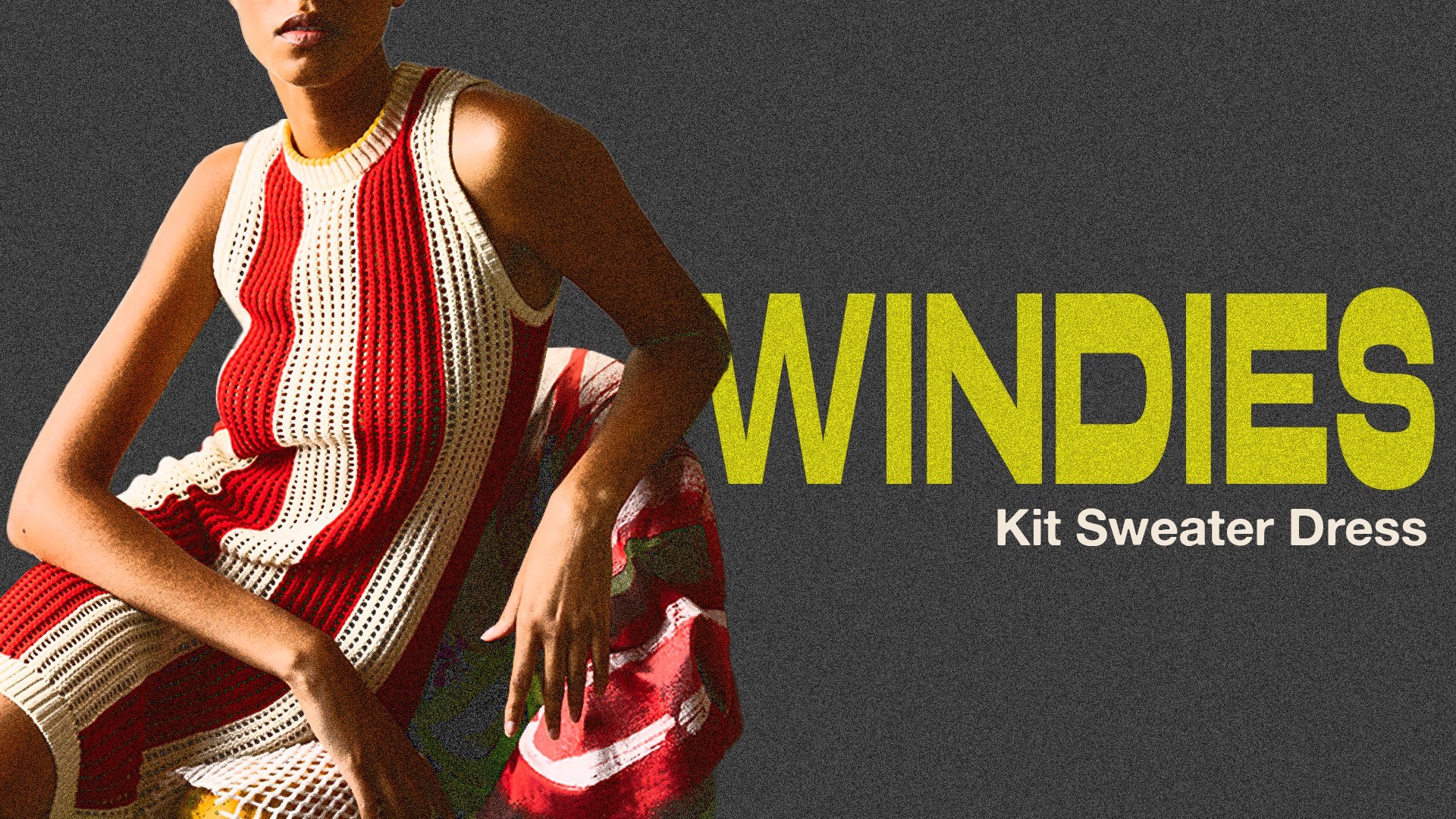AI, Creativity, and I
My relationship with technology is… complicated.
As a designer, I have very high technical skills and enjoy learning and experimenting with new programs. But I am also most certainly a technophobe. I don’t like system updates, because I don’t like visual change and I don’t trust the security.
So it’s no surprise that my feelings on AI are also complicated.
I got curious to learn more about AI about a year ago, when text-to-image generators like Midjourney and DALL-E became mainstream and the doomsday headlines that all of our jobs will be replaced by AI started to appear. It was important for me to understand what I was dealing with.
I read everything I could about AI, downloaded the programs, played around, and thought a lot about what it all means. But I’ve had a hard time trying to put together what I want to say about AI, at least in a productive, coherent way.
Original Fall 2021 Sketch - marker on paper
AI Generated image with both text and Original Fall 2021 Sketch (left) as prompt - AI generated photo
Fall 2021 Lookbook - traditional photography
I feel like I’ve heard a lot about how AI is going to change my job as a Creative Director, and yet I haven’t really heard anyone talk about AI who actually has my job. And definitely not from a Black woman who has my job.
Let’s go back in time for a second, to late 2021, when I was working on my Fall 22 Collection and AI was still just a concept in sci-fi movies. It was around this time that a more expansive concept of the metaverse was being introduced to the general public. And this freaked me so much that I centered my FW22 collection around it.
This was the brief from that collection, Somewhere_North_of_Earth.
I wasn’t even considering AI at the time. But looking back on it now, there is one part of the brief that resonates and feels strikingly important in an age of AI.
As these digital spaces continue to be built, me must ensure that there is room and opportunity for women, and especially women of color, to participate and explore, play, confer, debate, create. To tell stories, our stories. Because stories are code for the human operating system — and if we don’t tell them ourselves, someone else will tell them for us.
My concern for the metaverse at that time was that the advent of new technologies are almost always (maybe just always?) not so great for people of color. When the people who are creating the technology are white — as are the vast majority of the people who are using and refining the technology — you have inherent biases built in. And if we aren’t the ones telling our own stories in this new digital world, then other people will co-opt and reappropriate them.
And, as so many recent news stories will attest, this has already proven true with AI. It’s flawed, it’s biased, it’s incomplete. But it’s also fascinating, and useful, and evolving at a pace that I don’t think anyone predicted.
There’s so much it can already do, and so much more than I’m sure it will be able to do soon.
But there’s one thing that it will never be able to do. No matter how advanced the algorithms get, AI will never be able to create something truly original, something truly unique. It will never be able to replicate the true human experience — our emotions, our culture, our creativity — and craft a story that has personal meaning and history behind it.
That’s why I’m not afraid of AI (at least in the world of fashion).
Let’s walk through a creative exercise I did in the early concept development of my ‘Wild Coast’ Collection.
When I was first doing research for this collection, I wanted to prompt the concept into Midjourney, to see how AI would visualize what, at the time, was a very rudimentary idea for a Caribbean Cowboy collection. I had already started my traditional research methodology — historical research, mood and tone, macro trends, design details, sketching, etc — but wanted to experiment with AI to see where it took me.
This was the prompt that I used:
fashion Photoshoot editorial campaign inspired by western cowboys, Caribbean, and soccer kits
And this is the image it generated:
An unrefined AI generated photo
Most of you reading this probably already understand that you can’t take any image you find on the internet of clothing and just make it. You need to have a full toolkit of product development knowledge and supply chain capabilities to be able to even attempt to develop a piece generated from an image.
But I had no intention or hope that AI would generate a product design that I would then just copy. Instead, I looked at this image and said to myself …
A polo shirt could be cute silhouette…. I like that shoulder panel, but the colors aren’t right…Ooh the netting detail on the sleeves reminds me of my dad’s fishermen nets… Hmm I developed a similar stitch two seasons ago that I could use to create that same idea… This looks like a cut and sew, but what if I did this a sweater like a Caribbean soccer kit…Oh that could be real special…The front could be a jacquard of that print that I just sketched. I could scale it up and reduce the complexity to six colors so the machine can handle…And then we can link it at the shoulders!… I should check if the factory can do that… Mixing the two stitches will be tricky because they have very different tensions…Fit will be a challenge…Ok, let me start to sketch.
AI Generated image with annotated creative process notes
That was a real thought exercise I went through, as I would with any other piece of research or exploration. The AI image was a tool for idea generation, so vastly far away from a completed concept. But when I combined it with my own research, my own history, my knowledge and my culture and my curiosity, I was able to arrive at something entirely unique, something personal.
So I developed the tech pack.
Technical Package Cover Page
The front of the polo shirt was intended to be a red version of
the Savannah Dress. Same stitch technique, different yarn colors.
And the back was supposed to be the same stitch used in the
Windies Sweater Dress
And you know what? In the end, I couldn’t pull it off. I tried two different factories, but neither could develop it, at least not in our timeframe. My initial concerns were right, the tension between the two stitches were difficult to control.
But part of the excitement, part of the creative process, is trying to pull off small miracles. It’s about taking all of what makes you who you are, pouring it into your work, and hoping that it works out. And even when it doesn’t work out, you know you dug deep and pulled out all your best tricks to try to make it happen.
Yes, AI has given us the technology to generate breathtaking imagery. And, in theory, it is capable of designing collections. I’m sure, soon enough, when hardware and software are aligned in the supply chain, it will be able to actually produce clothes all on its own.
But just producing images and making clothes does not replace the role of a Creative Director. That is not the true value of the role.
The creative process is by no means a linear journey from prompt to output. It’s about a point of view. One that mixes memories and personal history, sends you down a rabbit hole of questions and emotional connections, skillset and technical capabilities, limitations and workarounds, happy (or unhappy) mistakes, tells a unique story, takes a risk, and, in the end, makes you feel something meaningful deep in your soul.
I understand the technology that we are living with today seems big and scary, but it’s important for us to tell our own stories, from our own hearts and minds.
Because technology is capable of converting our stories, our code, into algorithms and artificial intelligence.
But it doesn’t have my soul. And it doesn’t have your soul either.
Marrisa Wilson is the Creative Director and Founder of MARRISA WILSON New York. The first generation Guyanese-American designer uses her collections as a medium to explore culture and history through the lens of her Caribbean heritage, with artisan hand-painted prints, high-quality custom fabrics, expert surface treatments and unique textile manipulations.





















In this entry, Marrisa celebrates Women’s History Month 2024 with a creative exercise used as a gut check — to ensure that the worlds she’s building at MW are consistently celebrating women, particularly women of color, through the many forms that they exist in.